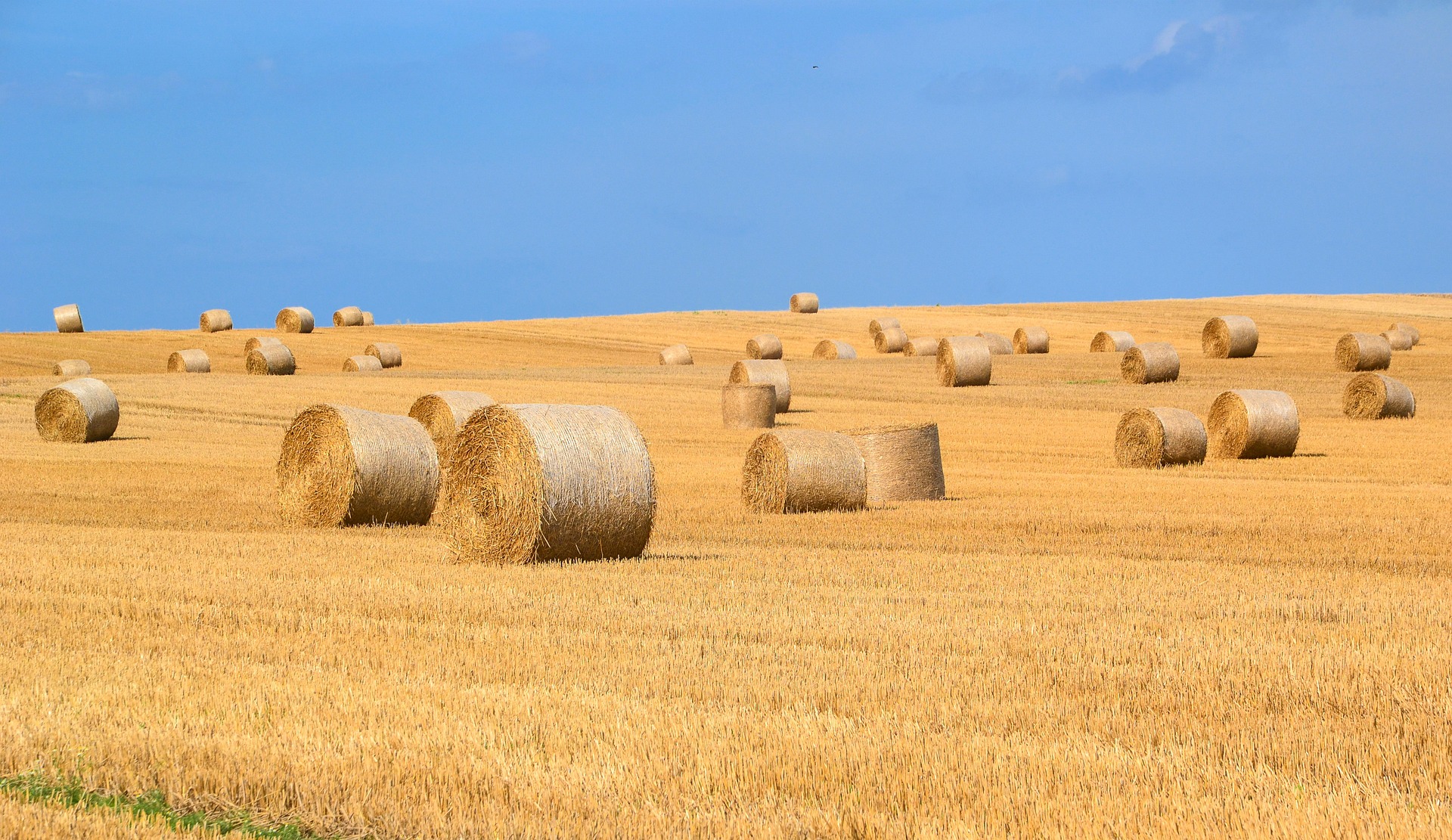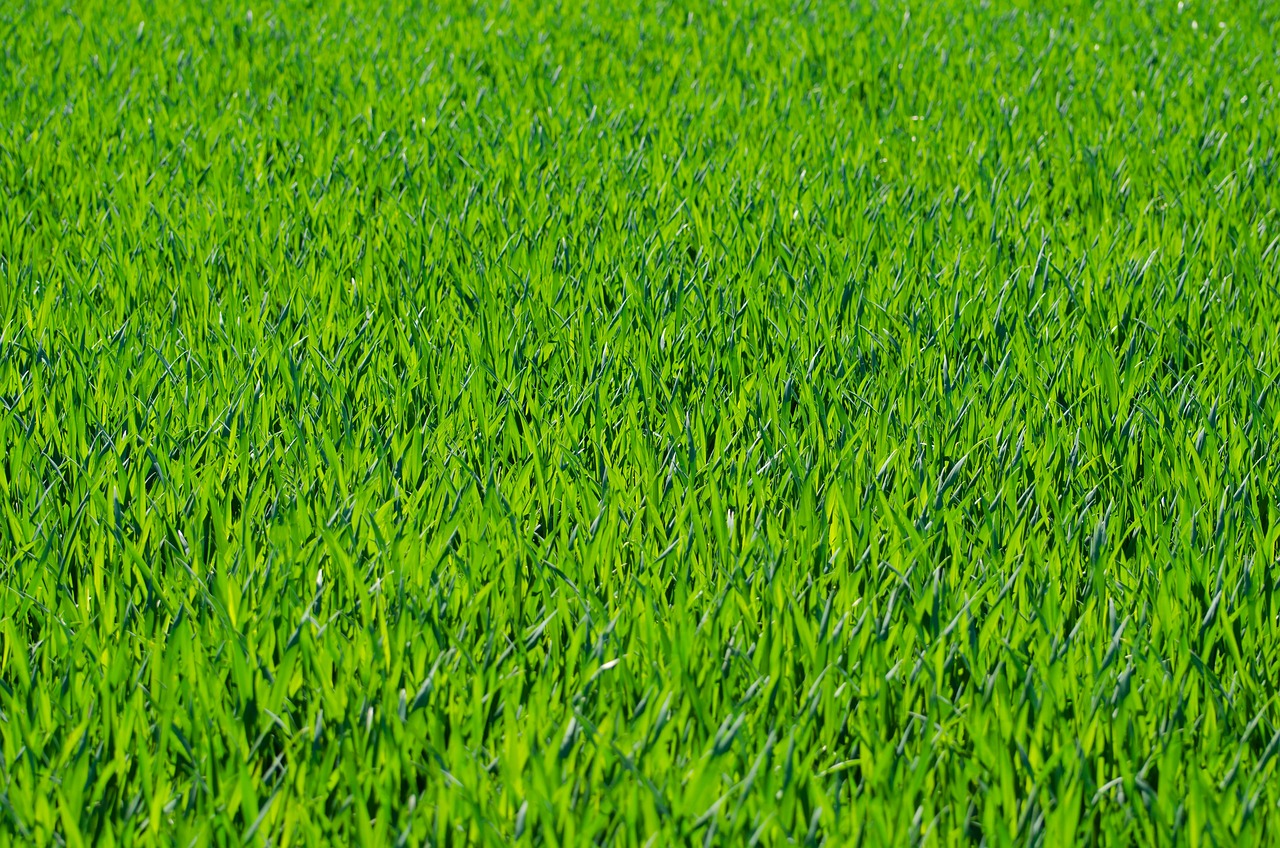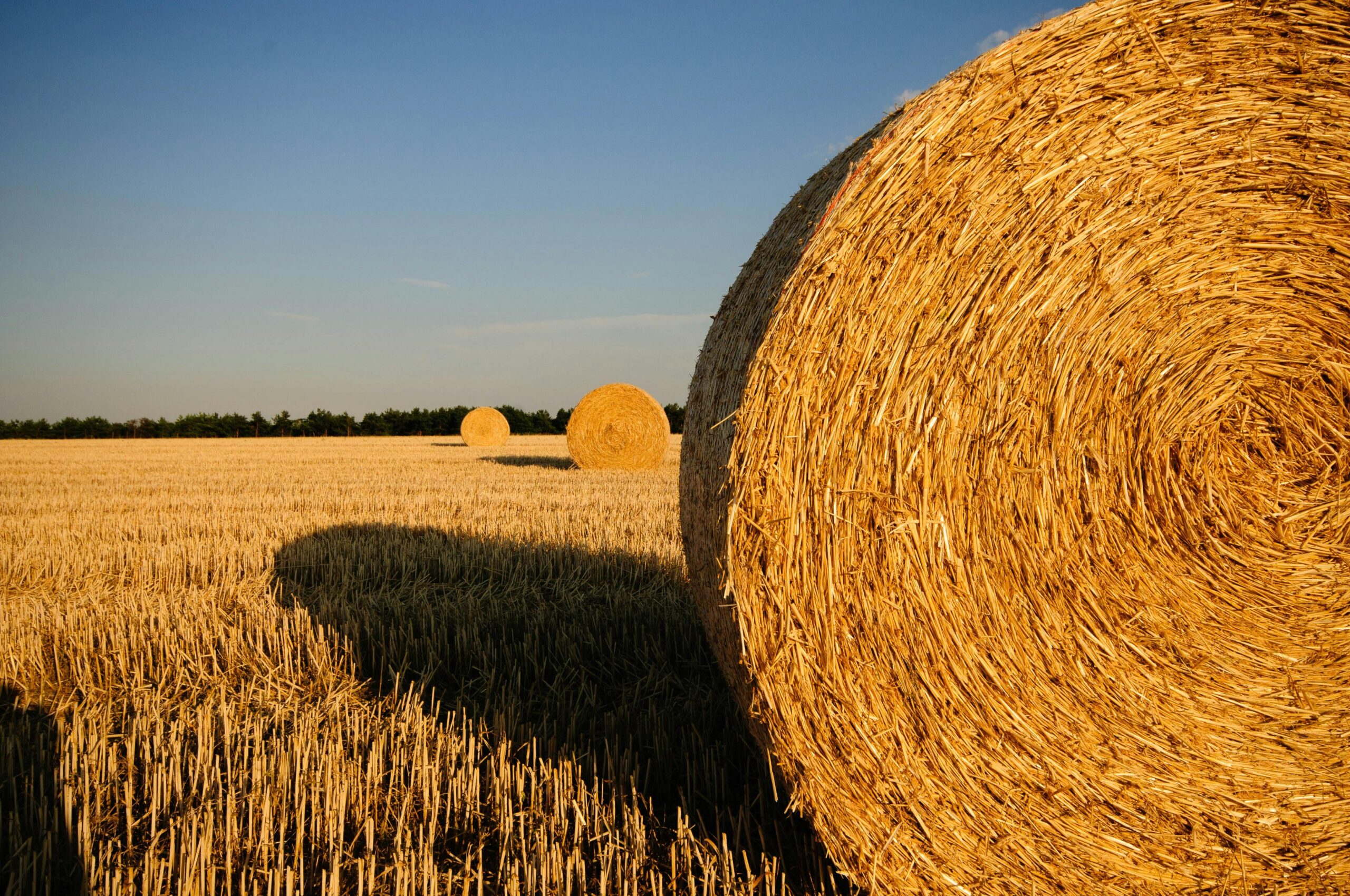The Grazing Guide to Rhodes Grass Eaters
In the vast landscapes of open grasslands and pastoral fields, one plant often stands out for its versatility and nutritional value—Rhodes grass. Known scientifically as Chloris gayana, Rhodes grass is a staple in many parts of the world, providing sustenance for a wide range of animals. For animal enthusiasts, livestock farmers, and environmentalists alike, understanding what animals feed on Rhodes grass can lead to better pasture management, enhanced animal health, and more sustainable ecosystems. This blog post will explore the various creatures that rely on Rhodes grass, shedding light on their interactions with this resilient plant.
The Nutritional Value of Rhodes Grass
Before we explore the animals that feed on Rhodes grass, it’s important to understand why this grass is such a popular choice. Rhodes grass is favored for its high protein content, digestibility, and ability to thrive in arid conditions. Its nutrient-rich profile supports various forms of wildlife and livestock, offering a balanced diet that promotes health and growth.
This grass is rich in essential minerals and vitamins, making it an excellent forage option for animals. Its ability to regenerate quickly after grazing or cutting makes it sustainable for continual feeding. Additionally, its adaptability to different soil types and climates ensures a stable food source throughout the year.
The robust nature of Rhodes grass means it can withstand heavy grazing. This is crucial for maintaining pastures, as overgrazing can lead to soil erosion and loss of plant biodiversity. Hence, Rhodes grass not only benefits the animals that eat it but also contributes to the health of the ecosystem.
Livestock and Rhodes Grass
Livestock farmers are among the primary beneficiaries of Rhodes grass. This hardy grass serves as an excellent forage crop for cattle, sheep, and goats. Its nutritious value supports these animals’ growth, milk production, and overall well-being, making it a staple on many farms.
Cattle, in particular, thrive on Rhodes grass. Its high protein and fiber content aid in digestion and promote muscle development, essential for beef production. Farmers often rotate pastures with Rhodes grass to optimize grazing and ensure a consistent food supply.
Sheep and goats also relish Rhodes grass. These animals are known for their efficient grazing habits and can thrive on the fibrous content. The digestible energy provided by Rhodes grass supports their energetic lifestyles and wool production, ensuring farmers a valuable return on their livestock.
Wildlife That Relies on Rhodes Grass
Beyond domesticated animals, Rhodes grass supports a variety of wildlife. Its availability in natural habitats provides food for herbivorous mammals such as antelope and deer. These animals often graze in open areas where Rhodes grass is prevalent, contributing to their survival and reproductive success.
Smaller creatures, like rabbits and hares, also make use of Rhodes grass. These mammals depend on the grass for both food and shelter. The dense growth of Rhodes grass offers protection from predators while providing the nourishment they need to thrive.
Birds are another group that benefits from Rhodes grass. Ground-nesting birds, in particular, utilize the grass for nesting material. The seeds and insects found within Rhodes grass habitats also attract a diverse range of bird species, supporting their diets and encouraging biodiversity.
The Role of Rhodes Grass in Sustainable Farming
For environmentalists and sustainable farming advocates, Rhodes grass represents a model forage crop. Its ability to grow in poor soils and under harsh climatic conditions makes it a reliable resource in many agricultural systems. Incorporating Rhodes grass into crop rotations can improve soil health and reduce erosion.
Farmers adopting sustainable practices can benefit from Rhodes grass’s nitrogen-fixing properties. This process enriches the soil, reducing the need for synthetic fertilizers and promoting a healthy microbial ecosystem. As a result, Rhodes grass helps maintain soil fertility for future planting.
Furthermore, Rhodes grass supports carbon sequestration. By capturing carbon dioxide from the atmosphere and storing it in the soil, this grass contributes to mitigating climate change. Through thoughtful management, Rhodes grass can become a valuable tool in reducing agriculture’s carbon footprint.
Managing Rhodes Grass for Maximum Yield
Ensuring that Rhodes grass provides optimal nutrition requires careful management. Proper grazing techniques and pasture rotation can enhance its productivity and longevity. Overgrazing must be avoided to maintain healthy root systems and prevent soil degradation.
Farmers often implement rotational grazing, moving livestock between different paddocks to allow Rhodes grass time to recover. This practice ensures a continuous supply of fresh forage while maintaining pasture health. Regular monitoring and soil testing can also inform management decisions, keeping the grass in peak condition.
Irrigation and fertilization strategies can further boost Rhodes grass yields. While it is drought-resistant, supplemental watering during dry spells can enhance growth. Similarly, applying organic fertilizers like compost can provide additional nutrients, supporting robust plant development.
The Environmental Impact of Rhodes Grass Cultivation
Cultivating Rhodes grass has implications for the environment that extend beyond immediate agricultural benefits. Its root system helps stabilize soil, preventing erosion and promoting water retention. This makes it an effective tool for land reclamation projects and combating desertification.
Rhodes grass also supports biodiversity by creating habitats for various species. Its presence in mixed-species pastures encourages a diversity of plant life, which in turn attracts a range of animal species. This mosaic of life can enhance ecosystem resilience and function.
However, it’s essential to manage Rhodes grass cultivation responsibly to prevent negative impacts. Invasive tendencies can lead to monocultures if not controlled, reducing habitat diversity. Strategic planning and integration with native flora can help balance Rhodes grass’s benefits with ecological integrity.
Challenges in Growing Rhodes Grass
Like any agricultural endeavor, cultivating Rhodes grass presents challenges. Pests and diseases can impact yield, requiring vigilant monitoring and management. Common pests include grasshoppers and armyworms, which can devastate crops if not addressed promptly.
Diseases such as rust and leaf spot can also affect Rhodes grass. Implementing integrated pest management strategies, including biological controls and resistant varieties, can mitigate these threats. Regular inspections and early intervention are key to maintaining healthy pastures.
Climate variability poses another challenge. While Rhodes grass is drought-tolerant, extreme weather conditions can affect growth and nutrient content. Adaptive management practices, such as adjusting planting times and using drought-resistant strains, can help farmers cope with these changes.
Rhodes Grass and Climate Change Adaptation
In the face of climate change, Rhodes grass offers potential solutions for adaptation. Its drought resistance and ability to grow in marginal soils make it a resilient option for farmers facing uncertain weather patterns. Incorporating Rhodes grass into climate-smart agriculture strategies can enhance food security.
By providing a stable food source, Rhodes grass supports livestock through climate extremes. This continuity is crucial for maintaining animal health and production levels, even during droughts or floods. Diversifying forage options with Rhodes grass can buffer against climate-related disruptions.
Research into improved Rhodes grass varieties continues to expand its potential. Scientists are exploring traits such as increased water-use efficiency and stress tolerance to further enhance its adaptability. These innovations could offer new tools for farmers adapting to a changing climate.
Integrating Rhodes Grass into Mixed Farming Systems
Mixed farming systems benefit significantly from integrating Rhodes grass. By combining crop and livestock production, farmers can optimize resource use and increase resilience. Rhodes grass provides essential fodder while contributing to soil health and erosion control.
Incorporating Rhodes grass into crop rotations can enhance soil fertility and break pest cycles. Its root structure improves soil structure, promoting water infiltration and reducing runoff. These benefits extend to subsequent crops, supporting sustainable production systems.
Livestock operations, in particular, gain from Rhodes grass’s inclusion. By allowing animals to graze on Rhodes grass pastures, farmers can reduce feed costs and improve animal health. This integrated approach supports both agricultural productivity and environmental stewardship.
Community and Cultural Importance of Rhodes Grass
Rhodes grass holds cultural significance in many communities worldwide. In regions where pastoralism is a way of life, Rhodes grass supports livelihoods by providing essential forage for livestock. Its role in sustaining herds is intertwined with cultural traditions and practices.
Communities often rely on Rhodes grass for more than just animal feed. It may serve as a material for construction, crafts, or traditional medicine. These diverse uses highlight its importance beyond agriculture, reinforcing its value in cultural heritage.
Efforts to preserve and promote Rhodes grass cultivation can strengthen community resilience. By supporting traditional knowledge and practices, these initiatives enhance food security and cultural identity. Community-led conservation strategies can ensure that Rhodes grass continues to benefit society.
Conclusion
Rhodes grass is more than just a resilient forage crop. It plays a vital role in supporting livestock production, enhancing biodiversity, and contributing to environmental sustainability. For animal enthusiasts, livestock farmers, and environmentalists, understanding the diverse animals that rely on Rhodes grass is crucial.
By managing Rhodes grass thoughtfully, we can harness its full potential for agricultural productivity and ecological health. Whether used in mixed farming systems or as part of climate adaptation strategies, Rhodes grass offers solutions for a sustainable future.
For those looking to explore the benefits of Rhodes grass further, consider engaging with agricultural extension services or local environmental organizations. These resources can provide additional insights and support for integrating Rhodes grass into your initiatives.



